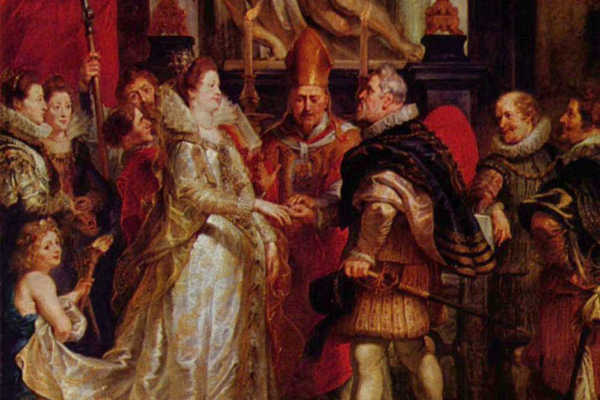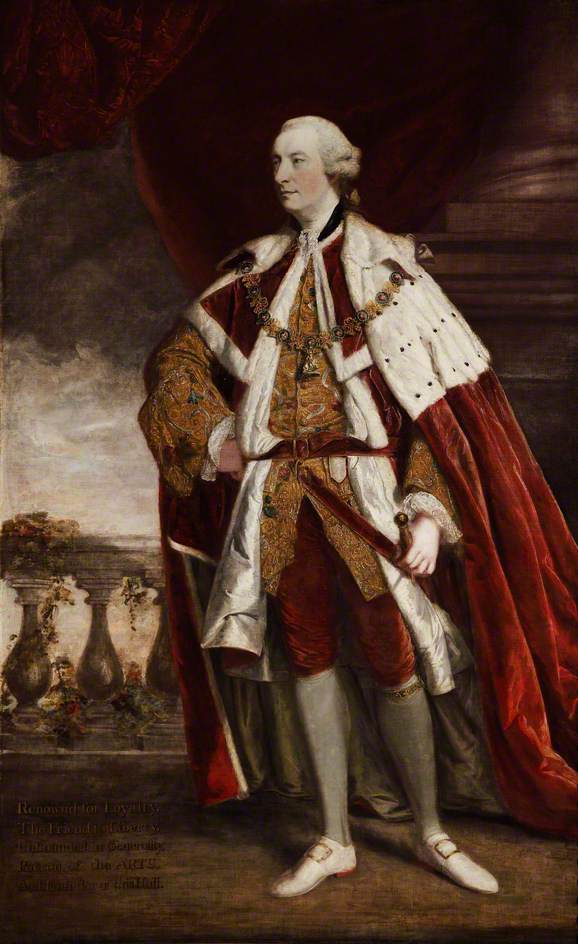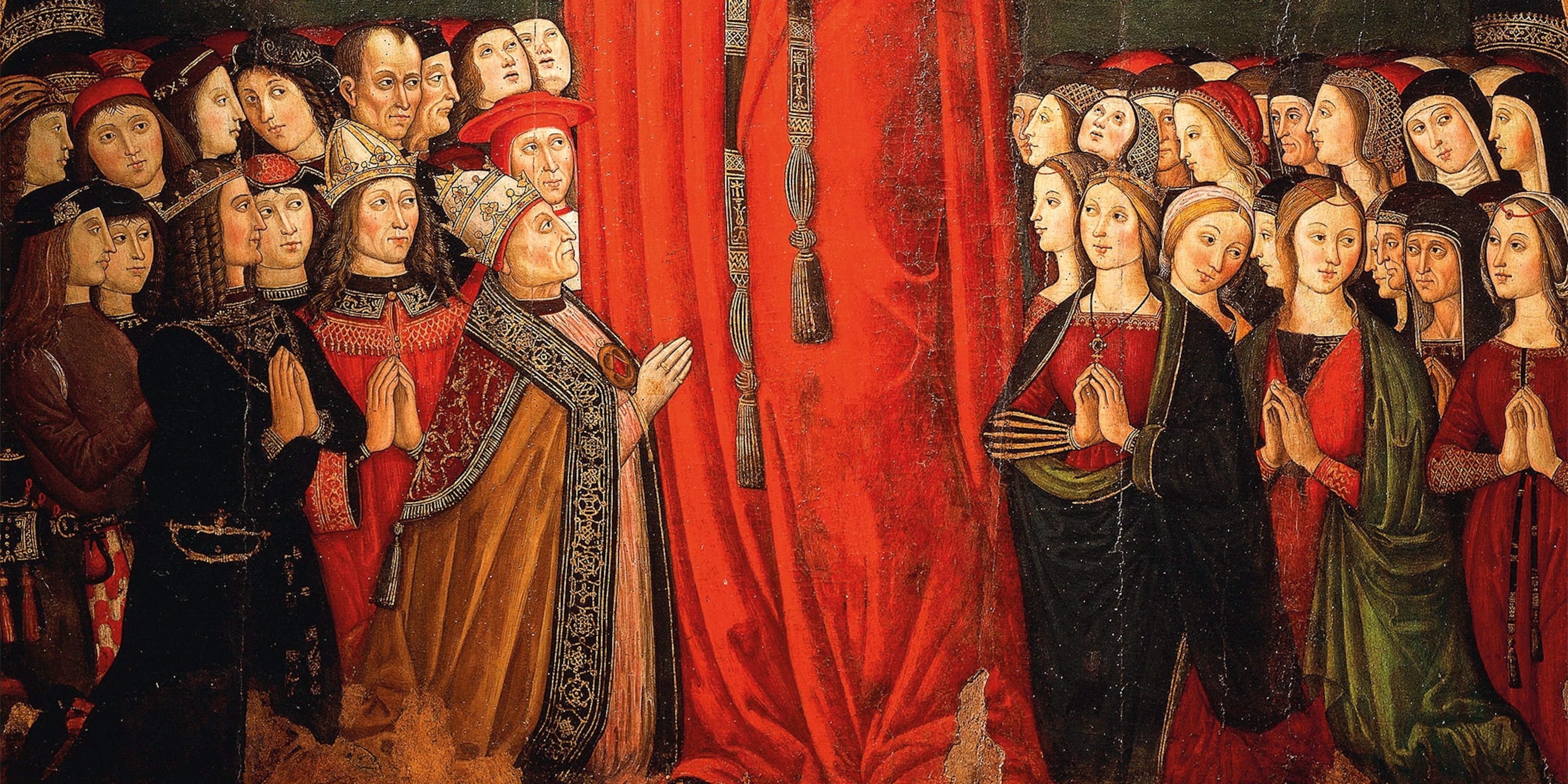Famous Noble Families Through History
Explore some of history's most influential aristocratic dynasties and their lasting legacies.
The Medici

Image: Medici Family Coat of Arms
Origin: Italian (Florence)
Notable Period: 14th-18th centuries
The Medici family rose from wealthy merchants to become one of the most powerful noble houses in Renaissance Italy. They produced four popes, two queens of France, and effectively ruled Florence for nearly three centuries. Their patronage of the arts and sciences helped fuel the Renaissance, supporting artists like Michelangelo, Leonardo da Vinci, and Botticelli.
The Habsburgs

Image: Martin van Meytens - Habsburg Royal Portrait
Origin: Austrian/German
Notable Period: 13th-20th centuries
The House of Habsburg was one of Europe's most influential royal houses, ruling the Holy Roman Empire, Austria-Hungary, Spain, and numerous other territories. Their strategic marriages ("Tu felix Austria nube" - "You, happy Austria, marry") expanded their influence across Europe. The family's distinctive physical feature, the "Habsburg jaw," became notorious due to generations of intermarriage.
The Bourbons

Image: Nicolas de Largillière - Louis XIV and Family Portrait
Origin: French
Notable Period: 16th-19th centuries (France)
The House of Bourbon provided kings for France, Spain, Naples, and Sicily. The French branch began with Henry IV and included Louis XIV, the "Sun King," who epitomized absolute monarchy and built the Palace of Versailles. The family's reign in France ended with the French Revolution, though Bourbon monarchs would return during the Restoration period.
The Romanovs

Image: The Romanov Family Historical Portrait
Origin: Russian
Notable Period: 1613-1917
The Romanov dynasty ruled Russia for over 300 years until the Russian Revolution. Notable rulers included Peter the Great, who modernized Russia and founded St. Petersburg, and Catherine the Great, who expanded Russian territory and embraced Enlightenment ideas. The family's tragic end came with the execution of Tsar Nicholas II and his family in 1918.
The Percys

Image: Percy Family Coat of Arms
Origin: British
Notable Period: 11th century-present
The Percy family has been one of England's most powerful noble houses since the Norman Conquest. As Earls and later Dukes of Northumberland, they controlled vast territories in northern England and played pivotal roles in events like the Wars of the Roses. Their ancestral home, Alnwick Castle, has been in family hands for over 700 years and may be recognized by many as Hogwarts in the Harry Potter films.
The Borgias

Image: National Geographic - The Borgia Family
Origin: Spanish/Italian
Notable Period: 15th-16th centuries
Originally from Spain, the Borgia family rose to power in Renaissance Italy through the Church. They produced two popes, including the infamous Alexander VI, and controlled significant territories. Though notorious for allegations of corruption, murder, and other scandals, the Borgias were also important patrons of the arts and played a key role in Renaissance politics and culture.